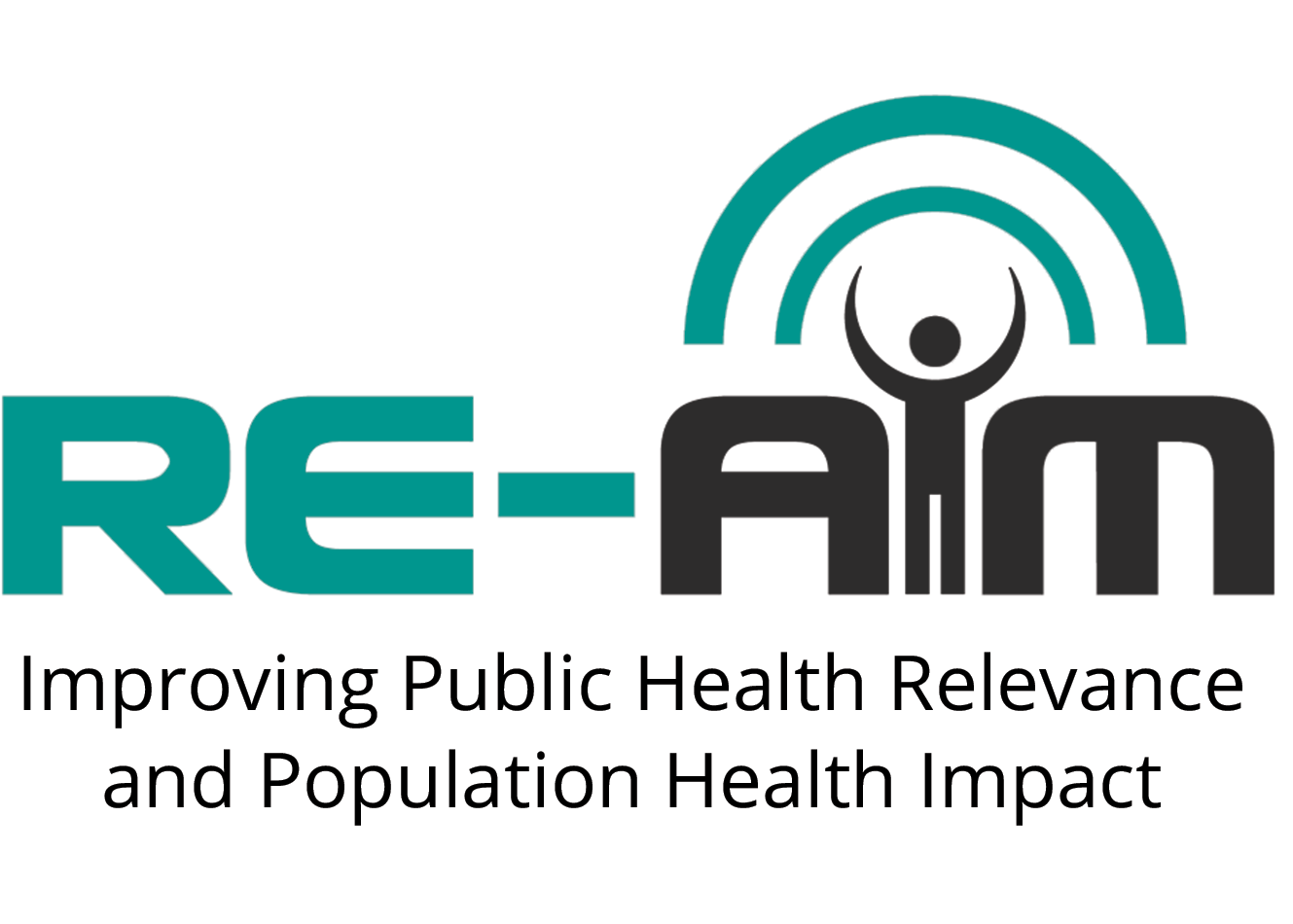May 28, 2014 – Welcome to RE-AIM.org!
Three new articles that cite the RE-AIM Framework were added in May of 2014. Please find them in the Publications tab of the site.
One study conducted by Lindblom and colleagues was a three year follow-up of a neuromuscular training (NMT) program in female adolescent football. In this study, Lindblom and colleagues evaluated whether or not coaches and associations were reached by the intervention (i.e., the proportion who were familiar with the program). The analyses included reach of the Swedish Football Association at the national level, the district football associations as well as the coaches involved with the trial (i.e., three years prior), and current coaches.
The authors found that 57% of the trial coaches and 36% of current coaches responded to their survey. Of those who responded, a high proportion (>90%) were aware of the NMT program that was conducted three years prior. Seventy-four percent of current coaches were implementing the program. A high proportion of coaches that were involved in the original trial (82% intervention, 68% control) still delivered program components. Unfortunately, the authors also highlight low program fidelity as well as a lack of policies to support the sustained delivery of the program.
This article was of particular interest as they highlight the use of the RE-AIM Sports Setting Matrix (RE-AIM SSM). The RE-AIM SSM was developed by in 2011 as it was proposed that components of RE-AIM need to be measured across multiple tiers and therefore the definition of each dimension was modified. RE-AIM SSM modified reach to include program awareness at the national, district, association, team/ club, and participant level.
We agree with the need to ensure RE-AIM can be used across tiers. One way to ensure accurate Adoption and Reach reporting is to consider that those who benefit from the intervention (i.e., the end-user) are captured in Reach and those who deliver the intervention are captured within Adoption. RE-AIM provides a metric to look at the representativeness and proportion of individuals within the setting (e.g., physicians in a clinic, teachers in a school, and health educators in community programming) as well as organizational (e.g., national, district) setting-level factors in Adoption.
For a parallel example: Physicians in a clinic were trained on a protocol for their patients. All the information regarding the training, adherence to protocol, and individual factors of the physician (e.g., education, years in practice) would be captured in Adoption and provide setting-level indicators for receipt of training and subsequent delivery. On the other hand, Reach of this intervention would be how many patients received the protocol.
Until next time,
Samantha Harden and the RE-AIM Workgroup
